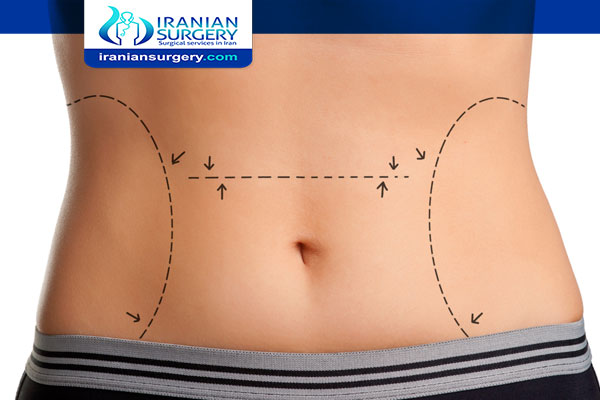Laparotomy Recovery and Aftercare
Aftercare
Following the operation, the person will slowly wake up from the anesthetic. They will remain in the hospital for immediate aftercare.
This aftercare may include:
. Careful monitoring of temperature, pulse, breathing, and blood pressure
. Assessment of the wound site and wound care, possibly including drainage
. A tube through the nose into the stomach to drain the stomach for a day or two, if necessary, to help the digestive tract recover.
. The insertion of a urinary catheter to drain urine, if necessary
. Intravenous fluids, as people may have to avoid eating and drinking for a few days.
. Regular pain relief medication to ease discomfort.
. Deep breathing, leg exercises, and walking the day after the operation to help reduce the risk of chest infections and blood clots.
Some people feel nauseated after receiving an anesthetic. A doctor may be able to provide medication to relieve nausea.
Once the person is well enough to leave the hospital, a doctor will provide details of how to care for the abdominal wound at home.
The doctor will also provide any necessary medication and advice on how to rest and recover.
Read more about : Laparoscopic Surgery
Read more about : Rest and exercise after Laparotomy
Recovery
As people can undergo a laparotomy for a wide range of reasons, the recovery time can vary significantly among individuals. Many other factors, including the person’s age and overall health, will also determine how long it takes them to feel better.
People can take steps at home to rest and allow their body to recover. These include:
. Resting as much as possible for days to weeks, depending on the doctor’s recommendation.
. Continuing to move around and do any exercises that a doctor has set.
. Getting other people to help around the home and with daily tasks, where possible.
. Following all dietary guidelines from a doctor
. Taking medication as a doctor prescribes
. Avoiding all heavy lifting, including pulling or pushing items, sexual activity, and swimming for 6 weeks.
It is usual to feel tired with low energy during recovery, as the body is healing. It is also quite common to experience a wide range of emotions and have difficulty sleeping.
People may be unable to drive during recovery, either because they are allowing their body to heal or due to the medications that they are taking. A person can check with their doctor and inform their insurance company if this is the case.
Read more about : Laparocco
It is important to contact a doctor as soon as possible if any signs or symptoms of infection appear around the wound site. These may include:
. Increased pain or tenderness
. Redness
. Swelling
. Discharge from the wound site
. Fever or chills
. Vomiting or nausea
People should also seek medical help straight away if they have any symptoms of a blood clot, including:
. Difficulty breathing
. Chest pain
. Severe leg pain
People can carefully follow the doctor’s instructions and ensure that they have a final checkup at the end of their recovery period.
Scarring
Laparotomy may cause a red, painful, raised scar across the abdomen, and it may take 6–8 weeks for this scarring to heal. In some cases, the scar will fade over time, but in others, it may be permanent.
Some people may develop abdominal adhesions after the surgery. Abdominal adhesions are bands of scar tissue inside the abdomen.
Abdominal adhesions are common, particularly following laparotomy.
Abdominal adhesions can sometimes lead to complications, such as causing a blockage in the intestines (small bowel obstruction). In females, abdominal adhesions can sometimes block areas of the reproductive system and cause infertility.
People should seek medical help straight away if they have any symptoms of abdominal adhesions, such as:
. Severe abdominal pain
. Bloating
. Constipation
. Not passing gas
. Nausea and vomiting
. Fever


